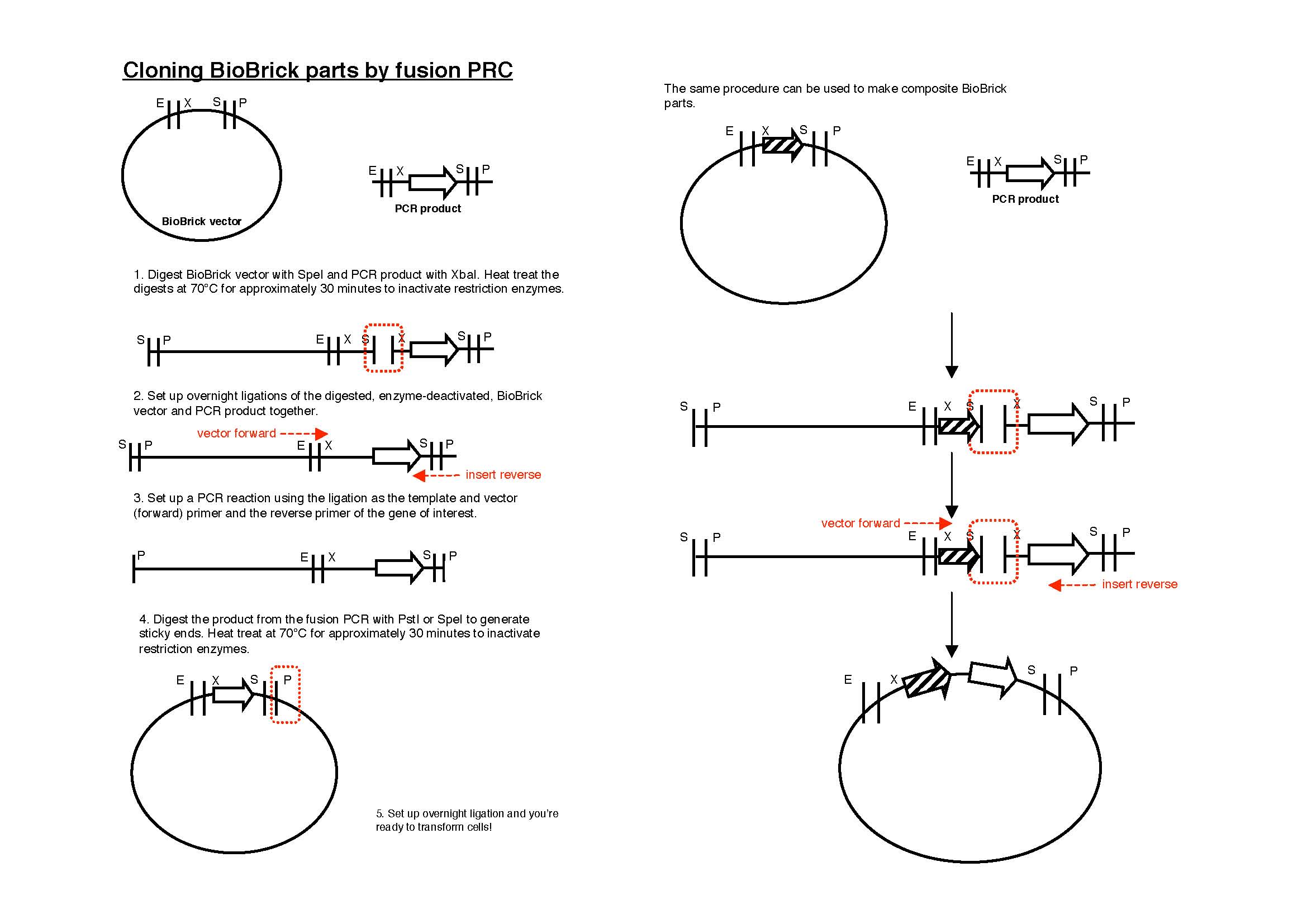Team:Edinburgh/biology(solvedproblems)
From 2009.igem.org
(Difference between revisions)
| Line 224: | Line 224: | ||
</li> | </li> | ||
| - | <li><a href="https://2009.igem.org/Team:Edinburgh/ethics% | + | <li><a href="https://2009.igem.org/Team:Edinburgh/ethics%28publicperception%29" class="dir">Underlying Philosophy</a> |
<ul> | <ul> | ||
<li><a href="https://2009.igem.org/Team:Edinburgh/ethics%28publicperception%29">Public Perception</a></li> | <li><a href="https://2009.igem.org/Team:Edinburgh/ethics%28publicperception%29">Public Perception</a></li> | ||
<li><a href="https://2009.igem.org/Team:Edinburgh/ethics%28legislationissues%29">Legislation issues</a></li> | <li><a href="https://2009.igem.org/Team:Edinburgh/ethics%28legislationissues%29">Legislation issues</a></li> | ||
<li><a href="https://2009.igem.org/Team:Edinburgh/ethics%28biosafety%29">Biosafety</a></li> | <li><a href="https://2009.igem.org/Team:Edinburgh/ethics%28biosafety%29">Biosafety</a></li> | ||
| - | <li><a href="https://2009.igem.org/Team:Edinburgh/ethics% | + | <li><a href="https://2009.igem.org/Team:Edinburgh/ethics%28summary%29">DEMOCS Card Game</a></li> |
</ul> | </ul> | ||
</li> | </li> | ||
| Line 245: | Line 245: | ||
<li><a href="https://2009.igem.org/Team:Edinburgh/Notebook">Notebook</a></li> | <li><a href="https://2009.igem.org/Team:Edinburgh/Notebook">Notebook</a></li> | ||
| - | <li><a href="https://2009.igem.org/Team:Edinburgh/team% | + | <li><a href="https://2009.igem.org/Team:Edinburgh/team%28teammembers%29" class="dir">Team</a> |
<ul> | <ul> | ||
<li><a href="https://2009.igem.org/Team:Edinburgh/team%28teammembers%29">Team Members</a></li> | <li><a href="https://2009.igem.org/Team:Edinburgh/team%28teammembers%29">Team Members</a></li> | ||
Revision as of 11:23, 20 October 2009
Biology - Problem Solving and Tips



Personal note

With the revolutionary invention of biobricking techniques using the EcoRI, XbaI, SpeI and PstI restriction sites, constructing biobrick parts seems straight-forward enough. Yet, all self-respecting scientists recognize that things are never as simple as following a protocol. Here, we compile as list of problems we encountered during our project, solutions we found or suggested solutions and tips that will make your future biobricking experiences even fuller.
Low cell transformation efficiency. Repeated miniprep and sequencing did not identify correct construct.
If you are encountering this problem and have used the classical method involving double digestion of your vector and desired insert followed by ligation then transformation, consider fusion PCR! We used this method and found that the Biobricking efficiency is significantly higher. A word of caution, do ensure that your competent cells are truly competent before proceeding. As our very wise supervisor once advised, “if something goes wrong, the first thing you do is to assume that you mucked up”.

Strategic biobricking to improve efficiency
If you are making a composite biobrick part from parts A and B, and A causes transformants to confer an easily detectable phenotype such as fluorescence or blue colouration, consider inserting biobrick part A into a vector already carrying B rather than vice versa. In this way, you know immediately if your ligation has been successful. This can potentially save you from minipreping and sequencing erroneous constructs.
Another issue that is seemingly obvious but might be overlooked when constructing composite biobrick parts is trying to insert a biobrick promoter upstream of a coding sequence carried on a vector. Promoter sequences are often short (<150 bp) and any size changes caused by successful insertion of the promoter in the vector will be difficult to detect on an agarose gel. For efficient screening, insert the coding sequence downstream of the promoter instead.
No PCR product when cell extract was used as template
In our project, we tried cloning the luciferase genes (luxAB) from Photobacterium phosphoreum. After countless (trust us) attempts, Vas (devoted Edinburgh iGEMer) decided to use P. phosphoreum cell extract that had been left out on the bench for 3 days as the template. Violà! We eventually got a PCR product. Instead of waiting 3 days for your cells to die, we suggest boiling them for 10 minutes before running the PCR.
Tricky PCR might also be solved by experimenting with lower annealing temperature or high concentration of magnesium sulphate. The reason being, biobrick compliant primers carry the prefix and suffix, as such, primer specificity to DNA sequence is lowered. Adjusting PCR conditions will improve primer annealing.
Primer Design
Did you know, there’s a web-based software that generates reverse complement sequences. Find it here: http://www.bioinformatics.org/sms/rev_comp.html. Silly, but we didn’t know.
Low cell transformation efficiency. Repeated miniprep and sequencing did not identify correct construct.
If you are encountering this problem and have used the classical method involving double digestion of your vector and desired insert followed by ligation then transformation, consider fusion PCR! We used this method and found that the Biobricking efficiency is significantly higher. A word of caution, do ensure that your competent cells are truly competent before proceeding. As our very wise supervisor once advised, “if something goes wrong, the first thing you do is to assume that you mucked up”.

Strategic biobricking to improve efficiency
If you are making a composite biobrick part from parts A and B, and A causes transformants to confer an easily detectable phenotype such as fluorescence or blue colouration, consider inserting biobrick part A into a vector already carrying B rather than vice versa. In this way, you know immediately if your ligation has been successful. This can potentially save you from minipreping and sequencing erroneous constructs.
Another issue that is seemingly obvious but might be overlooked when constructing composite biobrick parts is trying to insert a biobrick promoter upstream of a coding sequence carried on a vector. Promoter sequences are often short (<150 bp) and any size changes caused by successful insertion of the promoter in the vector will be difficult to detect on an agarose gel. For efficient screening, insert the coding sequence downstream of the promoter instead.
No PCR product when cell extract was used as template
In our project, we tried cloning the luciferase genes (luxAB) from Photobacterium phosphoreum. After countless (trust us) attempts, Vas (devoted Edinburgh iGEMer) decided to use P. phosphoreum cell extract that had been left out on the bench for 3 days as the template. Violà! We eventually got a PCR product. Instead of waiting 3 days for your cells to die, we suggest boiling them for 10 minutes before running the PCR.
Tricky PCR might also be solved by experimenting with lower annealing temperature or high concentration of magnesium sulphate. The reason being, biobrick compliant primers carry the prefix and suffix, as such, primer specificity to DNA sequence is lowered. Adjusting PCR conditions will improve primer annealing.
Primer Design
Did you know, there’s a web-based software that generates reverse complement sequences. Find it here: http://www.bioinformatics.org/sms/rev_comp.html. Silly, but we didn’t know.
Edinburgh University iGEM Team 2009
 "
"